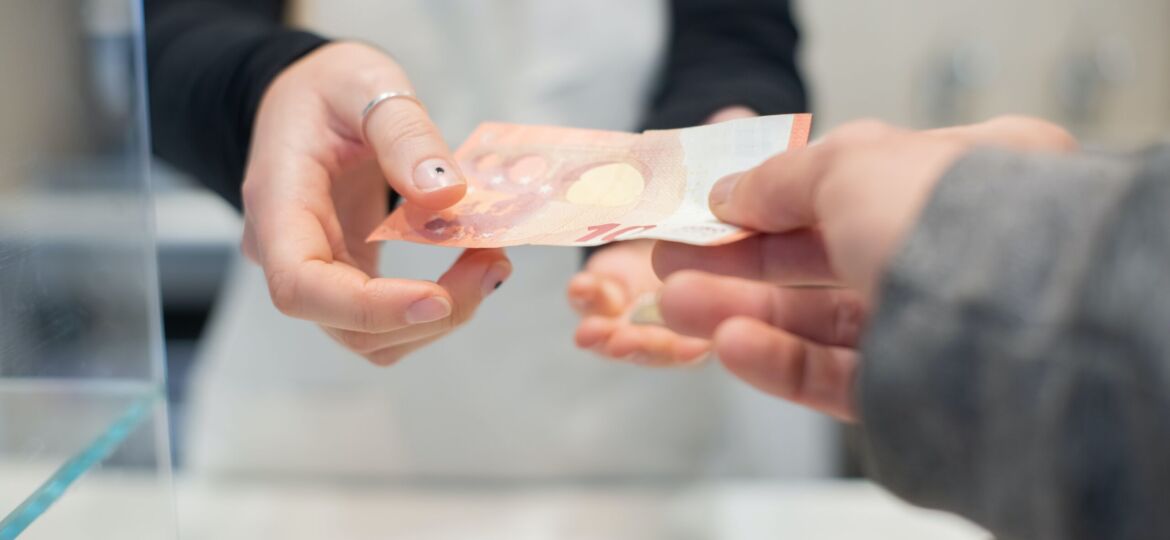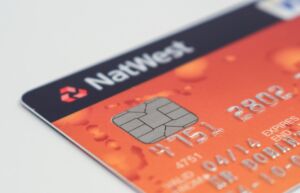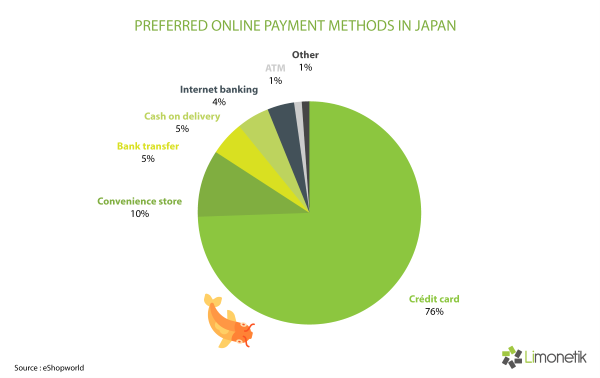
such as credit cards, rail passes, smartphone apps, etc.
Even when making purchasing on e-commerce sites, cash payments remain frequent.
While in the West, you don’t always have the choice but to pay by card, many Japanese websites offer several options. If you want to enter the Japanese market, you must understand that and meet customers’ expectations. Companies that don’t make this effort have a higher rate of shopping cart abandonment and lose many customers every day.
In Japan, the largest online market is fashion with travel, electronic devices, food, and beauty markets also being widespread. According to Statista, it has an annual revenue of US$99,130m in 2020 in the Japanese e-commerce market. Around a quarter of interviewed households said having spent between 10,000 and 30,000 Japanese yen monthly via e-money payments in 2018. Besides, online customers are usually aged between 15 and 24 years (61%, 2017).
Many seniors have started to use the Internet to shop. This allows them to not go out to do grocery shopping and to carry everything back home. Since Japan is an aging society, it represents a golden opportunity for marketers.
There are some seasons or monthly events that can attract many customers. Such as summer when many people receive bonuses and buy luxury or leisure items, plane tickets, etc. Or Christmas and New Year too, people spend a considerable amount of money online (to reserve a product or just order). Other events such as White Day (March 14th) or Valentine’s Day (February 14th) are popular in Japan, and Black Friday has started to attract customers too since 2016.
Even though credit cards are not commonly used in physical stores, 76% of online transactions are paid with credit cards. It is the easiest and fastest way to pay, especially since you can save your card information and pay in a few clicks on many websites.
Also known as konbini in Japanese, these are the second preferred way of online payment.
In Japan, convenience stores are on almost every street. The receipt is anonymous, so you don’t expose any of your data, which is one of the people’s fears in Japan. So you have the option to pay in cash, by credit card (depending on the konbini), or to make a bank transfer via ATMs.
Since Japan is a cash-based society and people don’t want to expose their data, COD is a popular option. While it is better (because faster) if the customers have the exact amount, they may have to pay extra depending on the total amount of the order.
Also, If nobody is home when the delivery person arrives, some delivery companies such as Yamato Transport (Kuro Neko) offer good alternatives for the customers.

While it is the preferred method of payment online, paying by card is not common in physical stores. Many stores, especially small ones, don’t accept credit cards at all. The reason is that people fear fraud and want to protect their data.
Usually, when cards are accepted, it is not often necessary to enter a PIN. For safety reasons, Japanese people have one or more cards but avoid using them to pay.
For safety reasons, Japanese people have one or more cards but avoid using them to pay. Other card methods are which are also widespread in Japan. This is a safer option and is accepted in many places. Besides, because what is paid is accounted for at the end of the month, many Japanese see that as debt and prefer to control their expenditures.
If you want to learn more about eCommerce sites, click here!
Take a took below at the gallery to see the most popular Japanese eCommerce sites.
If you offer one or more of these payment methods on your website, your sales will increase. But first, if you want to attract more people to your website, check out how to boost traffic with SEO in Japan.







